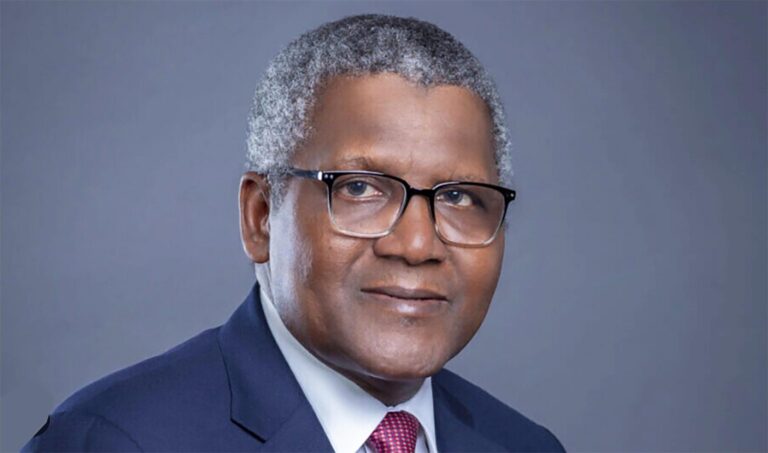By Omobayo Azeez
- As active telephone lines surpass 192m
- More operators losing money to pandemic
- Rise in teledensity more of mere saturation – ATCON
Despite a racing decline in the purchasing power of Nigerians, the collective spending of subscribers to telecommunication services in the country is estimated to have breasted the racing track tape at a whopping N335.94 billion in May, 2020.
Exclusive findings by Business A.M. show that based on the calculations of operators, it is estimated that each active telephone line averagely spent N1,747.26 ($4.50) during the month.
Similarly, total active telephone lines in the country increased to 192.27 million in May, rising by additional 1.46 million lines from April’s record of 190.81 million, according to the latest industry statistics obtained from the Nigerian Communications Commission (NCC).
Business A.M. also gathered that as active subscriptions increased, so also did the Average Revenue Per User (ARPU), which is a measure used primarily by consumer communications, digital media, and networking companies, as the total revenue divided by the number of subscribers.
The upward movement has been observed in two consecutive quarters as ARPU went up by 20 per cent to hit $4.25 in Q1, 2020 from $3.87 in Q4 of 2019; and sustained to settle at $4.50 in Q2, 2020.
This is in contrast to the conventional trend whereby rise in the number of active lines often distributes estimated revenue to total subscriptions and thus trigger contraction in ARPU.
Recall that industry observers had earlier projected increase in revenue for telecoms operators as lockdown and social distancing employed as preventive measures for COVID-19 have kept people at home and forced enterprises to divert operations and activities to the virtual space, resulting in more reliance on data and telephony in its entirety.
This has been supported by disclosure by Muahamed Rudman, chief executive officer of the Nigerian Internet Exchange Point (iXPN) who reported more than 10 per cent in internet traffic less than two weeks into lockdown in Nigeria.
As this development seems to ignite insinuations that operators are cashing in big on the development and that active telephone lines are rising, industry experts have been quick to call for a critical digestion of the figures.
Olusola Teniola, president, Association of Telecommunications Companies of Nigeria (ATCON) has cautioned that the figures must not be celebrated yet, hinting that the observed rise in revenue is claimed by just a few operators, leaving the majority of other telecoms players on the other side of the divide.
He noted that only the Mobile Network Operators (MNOs) consisting of MTN, Glo, Airtel and 9Mobile and just a few others have their operations immune to the pandemic.
He said there are many other ATCON members who provide enterprise solutions for companies that are now under locks, and thus losing money to the lull on a daily basis.
He said: “We have to note that obviously, the industry is not just made up of the MNOs alone, there are other players in the market that have had to demonstrate negative numbers
“Negative numbers in the sense that, during the lockdown, employees of enterprises and businesses have stayed at home naturally. So, there have been no services to these enterprises by our members. So we can say this contributed to the change in consumer behaviour in terms of internet usage.
“However, as these slightly uplifted the numbers, they do not compensate for the losses in voice and they do not compensate for the losses in the enterprise segment of the market,” Teniola explained.
This is further supported by data from the industry regulator, NCC, showing that of the current 192.27 million active lines, the MNOs or GSM operators have 190.48 million subscribers on their networks, representing 99.82 per cent market share.
Other players by technology are Voice over Internet Protocol (VoIP) players controlling 0.12 per cent market share; the fixed wireless and wired operators have 0.06 per cent while code division multiple access (CDMA) have completely lost relevance in the Nigerian telecoms market, with 0.0 per cent market share.
In the GSM segment of the market, MTN Nigeria is leading with 76.06 million active lines on its network, which translates to 39.61 per cent market share, followed by Globacom that has 52.06 million customers on its network to cover 27.12 per cent of the Nigerian market.
Similarly, Airtel Nigeria, which remains the closest competitor to Glo serves 51.5 million subscribers on its network, equivalent to 26.83 per cent share while Emerging Market Telecommunications Service (EMTS), operating as 9Mobile in the country, controls 6.37 per cent market share with its remaining 12.23 million subscriptions.
Meanwhile, Visafone, whose subscribers now run on MTN network but captured separately in the NCC data had 137,086 active subscriptions as at May, and this secured for it 0.07 per cent, the smallest market share.
Analysis of trends in telecoms market also shows a sustained uptick in the number of active lines which grew from 184.7 million in December 2019 to 186.02 million in January, 187.44 million in February and 189.28 million to seal the first quarter in March.
The figure moved up again in April by 0.81 one per cent as 1.53 million new subscriptions were recorded on the networks of operators, extending the growth in May by 0.77 per cent with 1.46 million new subscribers.
Similarly, teledensity which stood at 99.96 per cent in April inched up to surpass 100 marks at 100.72 per cent.
Telephone density or teledensity is the number of telephone connections for every hundred individuals living within an area and is calculated based on a population estimate of 190 million people in Nigeria.
The latest rise in teledensity, according to the ATCON president, Teniola, indicates that something is not right with network distribution patterns in Nigeria, noting that despite the rise in the figures, millions of Nigerians, particularly in rural areas still lack access to telecoms services.
He said: “If you look at the increase in subscriptions, you will see that existing customers are picking up other new lines in addition to the ones they have to ensure that they can enjoy many offers and partake in virtual meetings and so on since the COVID-19 lockdown.
“The teledensity is above 100 per cent and anything above 100 per cent suggests saturation of accounts, network coverage and usage. Basically, concentration of services is in the triangular cities of Lagos, Abuja and Port Harcourt. But we have to think about those who don’t have access to services at all.
“The narrative around the number suggests that there are a lot of people who have access and can afford cost of data but they are concentrated, particularly in those cities of the country where penetration of broadband is, predominantly Lagos which takes about 15 per cent of the country’s current 40 per cent broadband penetration by subscription, and not by individual,” he explained.
As he cited the issue of young Nigerians who cannot access education online because of lack of access and affordability, he said solving the problem will depend primarily on expanding the service to them.
“I think that what we need to do is to look at the Nigeria National Broadband Plan (2020-2025) and see those areas that we really need to plug in to get a diminutive unique subscriber number that reflects the GDP increase that we are expecting in the country,” Teniola concluded.








